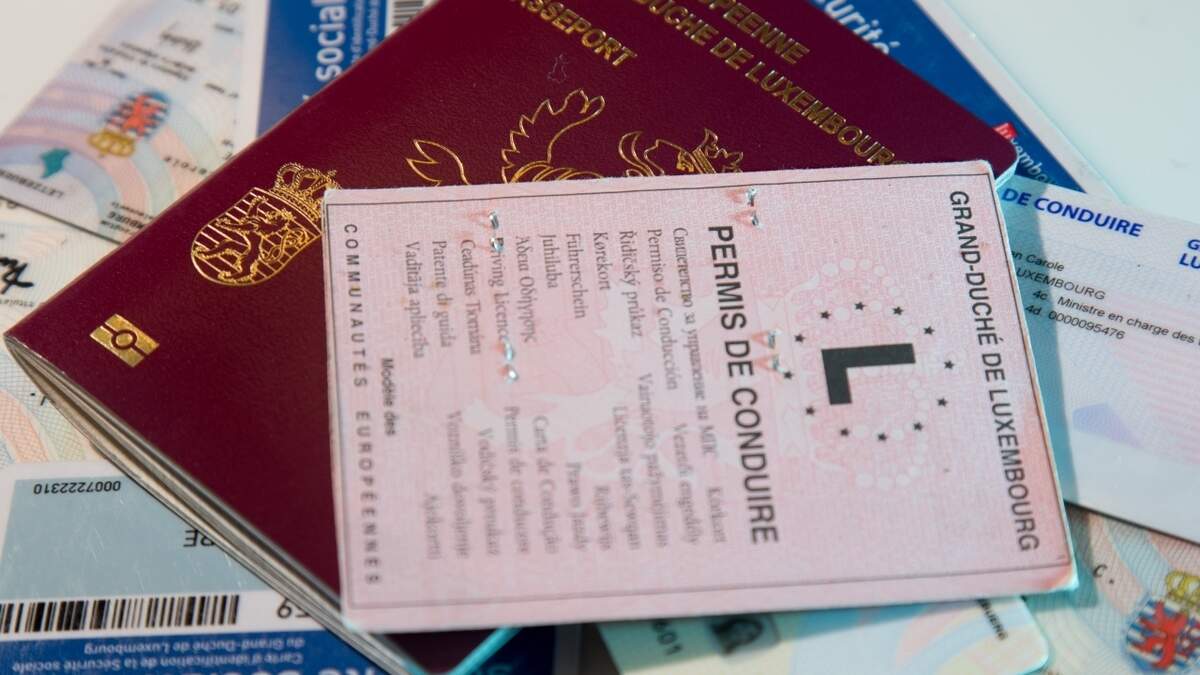The European Parliament has launched new driving licence requirements for motorists across the EU, following a vote on Tuesday.
Negotiators from the parliament and EU member states had already agreed on the rules, and the final formal step in the legislative process has now been completed.
EU member states now have three years to transpose the rules into national law and an additional year to prepare for implementation. Here’s what will change:
Digital driving licence
A standardised digital driving licence is to be introduced by 2030 at the latest. “In future, all EU member states will have a digital driving licence that can be accessed via smartphone and is valid throughout the EU,” the European Parliament said in a press release.
At the same time, citizens will retain the right to apply for a physical driving licence card, and both versions will be equivalent.
Cross-border driving bans
Serious traffic offences in one EU country can now lead to driving bans across the entire EU. This ensures that offenders are held accountable in all member states, regardless of where they obtained their licence.
Examples include drink or drug driving, fatal accidents, and extreme speeding.
Previously, EU countries could only enforce bans on their own territory. Under the new rules, the country where the offence occurred can inform the issuing state, which can then enforce the ban EU-wide.
Also read:Tougher penalties needed to curb reckless driving, instructor says
Accompanied driving across the EU
The reform extends accompanied driving to all EU countries. Young drivers can gain experience under supervision at an earlier stage. This option will also be offered voluntarily to professional drivers to improve road safety and address the shortage of skilled transport workers.
Younger lorry and bus drivers
To combat the shortage of skilled workers, the minimum age for a lorry licence will drop from 21 to 18, and for bus drivers from 24 to 21.
Greater focus on safety
Driving lessons will place more emphasis on mobile phone distractions, blind spots, driver assistance systems, and the safe interaction with pedestrians, children, and cyclists.
Simplified motorhome rules
Class B licence holders will be allowed to drive motorhomes up to 4.25 tonnes after special training or a test.
Emergency vehicle drivers
Volunteers in fire brigades and civil defence organisations can drive emergency vehicles up to five tonnes with a category B licence, provided they complete additional training or a test.
Also read:Over 200,000 drivers fined for going slightly too fast
No mandatory medical checks
Mandatory health checks for drivers of a certain age will not be introduced. EU member states can instead decide whether they require a medical certificate or self-assessment form for car and motorcycle licences.
Other proposals, such as a special licence for heavy cars like SUVs, night-time driving bans for young drivers, or renewing licences every five years for drivers over 70, were not adopted.
Also read:Fatal crash revives call to criminalise dangerous driving
EU road safety target
The reform is part of the European road safety package with which the EU is pursuing its ‘Vision Zero’ target – no more road deaths and serious injuries by 2050.
The EU aims to halve road deaths by 2030 compared to 2019. However, progress has been slow: in the past five years, road deaths have only fallen by around 12%.
According to the EU Commission, 19,940 people died in road accidents across the EU in 2024, a 2% decrease from the previous year.
(This article was originally published by the Luxemburger Wort. Machine translated, with editing and adaptation by Lucrezia Reale.)
